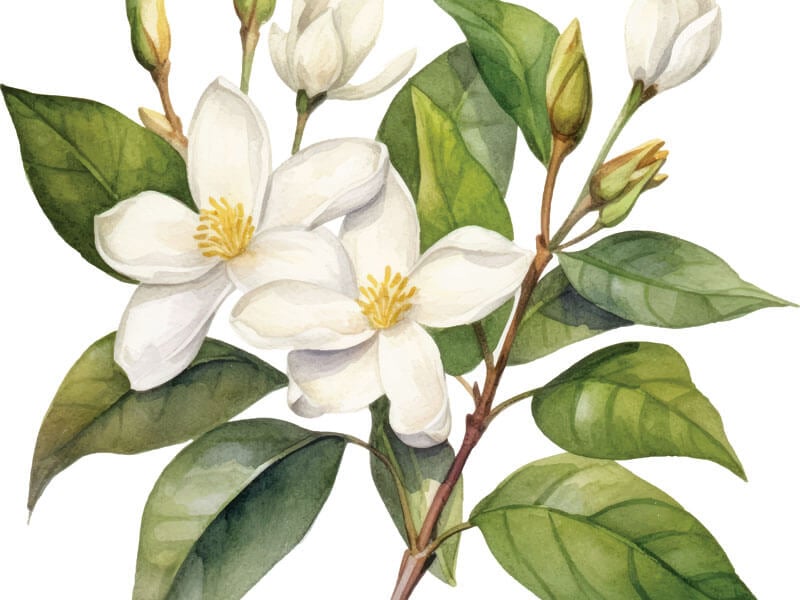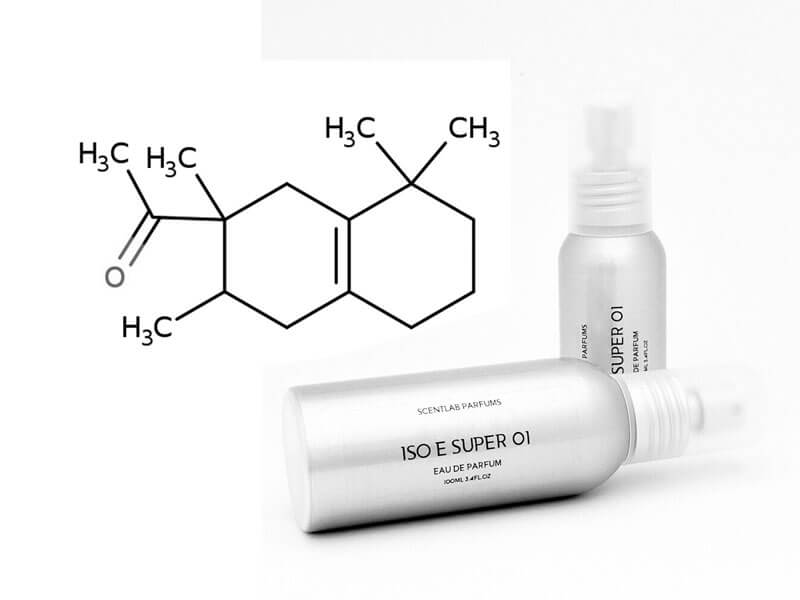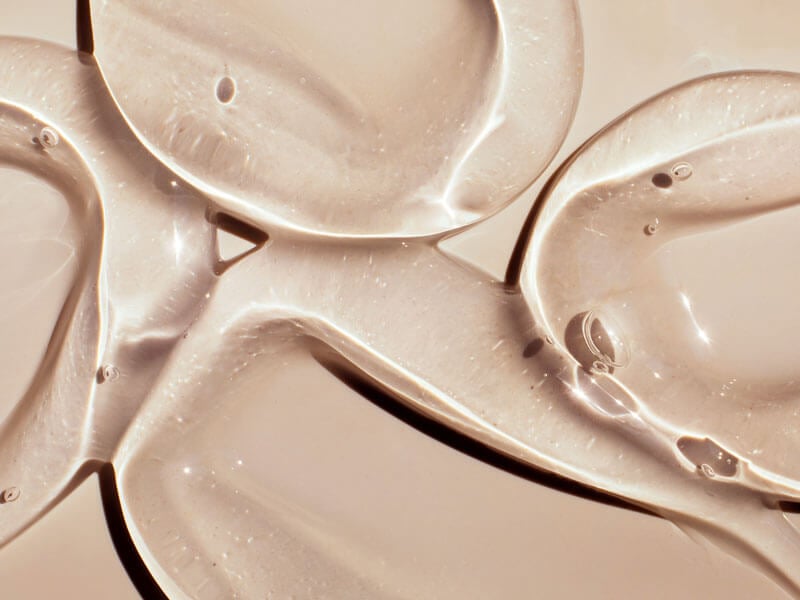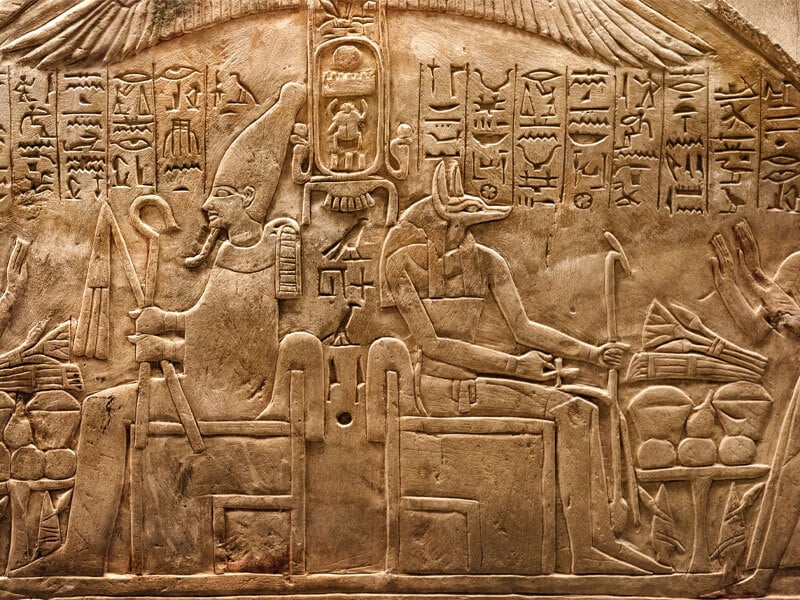Mentioning jasmine in perfume discussions often leads to an instant dialogue about a major substance in the flower named indole, for which the flower is often named indolic. This term is frequently used in tandem with less appealing descriptions such as "fecal." This prompts an intriguing question: Has the reputation of jasmine as the "king of flowers" in perfumery been unfairly tainted? This exploration delves into the complex perceptions of jasmine, particularly poignant when jasmine vines bloom profusely in the warmer seasons.
Indole, while commonly scapegoated for unpleasant odors, has a backstory rich with scientific intrigue. The term "indole" originated from a blend of "indigo" and "oleum," coined during the early isolation of the compound through the chemical treatment of indigo dye with oil, marking the birth of indole chemistry. Structurally, this substance is an aromatic heterocyclic organic compound with a benzene ring fused to a nitrogen-containing pyrrole ring. This structure forms the basis for compounds collectively known as "indoles."
Despite its reputation, the compound does not inherently smell of feces. The field of organic chemistry often adopts literal names for substances based on their scents, such as cadaverine (reminiscent of corpses), putrescine (decaying matter), skatole (from Greek meaning feces), and butyric acid (smelling of rancid butter). This naming convention raises questions about the lack of an appropriately descriptive moniker for the substance’s unique scent.
The reality is that pure indole, which is present in trace amounts in feces and also in white flowers like jasmine, gardenia, tuberose, and orange blossom, does not emit an irritating odor when isolated. Its scent is more musty and stale, akin to mothballs, suggesting decay but not directly fecal. When mixed with humidity and other musky compounds, however, it can intensify to evoke the ambiance of less pleasant places. Notably, indole is related to tryptophan, an amino acid that is a precursor to serotonin, highlighting its presence in various foods from dairy products to chocolate and oats, offering a unique perspective on everyday ingredients.
When it comes to perfumery, the presence of an indolic scent does not definitively indicate the use of natural jasmine. Natural jasmine essence typically contains about 2.5% pure indole, lending it a rich, narcotic quality often perceived as "animalic" or "sexy." This effect, enhanced by other components like paracresol, can be experienced in perfumes such as Serge Lutens' A la Nuit or Montale Jasmine Full, which showcase the deep and intoxicating aspects of jasmine. Conversely, jasmine's indolic aspects can also be simulated using synthetic substitutes, making it economically feasible compared to the costly extraction of natural oils, which can drive prices up to $350 per ounce.
Despite this, not all jasmine fragrances are dominated by indolic notes. Some offer cleaner, subtler interpretations of jasmine, free from the heavier indolic presence. For those seeking to avoid any indolic character, perfumers have developed synthetic alternatives such as Hedione, which offers a fresher, slightly sweeter, greener jasmine scent. These are blended with compounds like benzyl acetate and linalool to create a jasmine aroma that is light, easy to wear, and does not conjure the less desirable aspects of nature.
In crafting fragrances, the choice often lies between embracing the full-bodied, complex character of indolic jasmine or opting for a lighter, clearer floral note. This spectrum of options demonstrates the versatility and artistic depth in perfumery, where even a single note like jasmine can span a range of olfactory experiences—from the deeply evocative to the purely delightful. Thus, the selection of jasmine's presentation in perfume is as varied and nuanced as the preferences of those who wear it.





